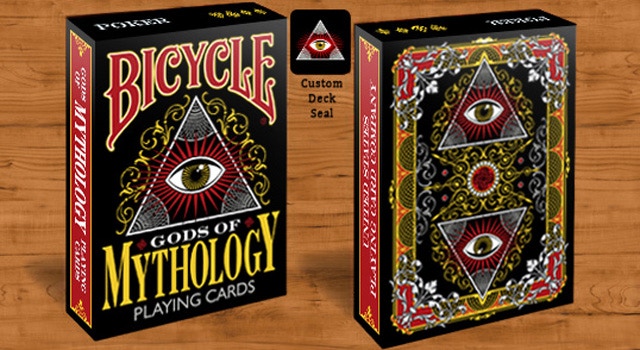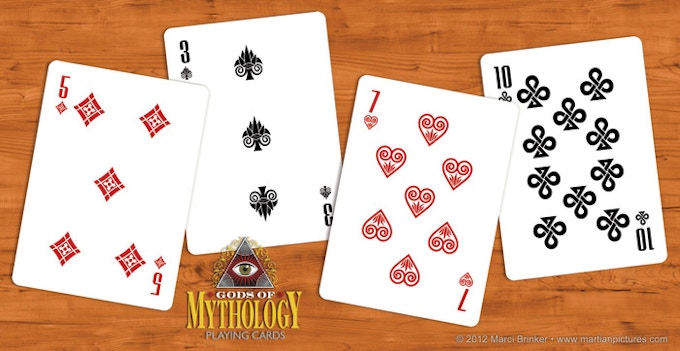Last month we had Empire Playing Cards, this month we have Emperor. However, do not get the two projects confused as they are completely different in design and style. Massachusetts resident Joanne Lin designed Bicycle Empire Playing Cards and launched on Kickstarter today, July 31st.
Click here to visit Bicycle Emperor on Kickstarter.
The project comes with a low funding goal of $1K. Some might be thinking this is too small of a goal for a USPCC deck but Joanne assures us the decks are already in production. The low funding goal is to simply make sure everyone who pledges for a deck on Kickstarter, will get one. Low funding goals can sometimes be a cause for a concern but they aren't always. Just earlier this month, Paul Carpenter of Encarded set a low funding goal for the Bicycle Deco two deck project for exactly the same reasons as Joanne.
The project will fund for 29 days. This is also Joanne Lin's first Kickstarter project.
According to Bicycle Emperor's Kickstarter page, the deck pays homage to ancient Chinese legends and the original idea was actually inspired by her father's love of collecting cards.
Here is a look at Bicycle Emperor courtesy of the project's Kickstarter:





























 Kardify is the leading online destination for playing cards news, reviews, and cardistry culture. Enjoy the best editorial content daily.
Kardify is the leading online destination for playing cards news, reviews, and cardistry culture. Enjoy the best editorial content daily.